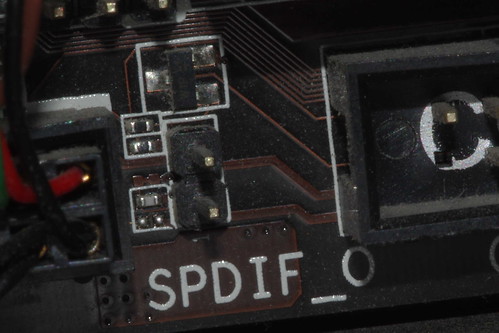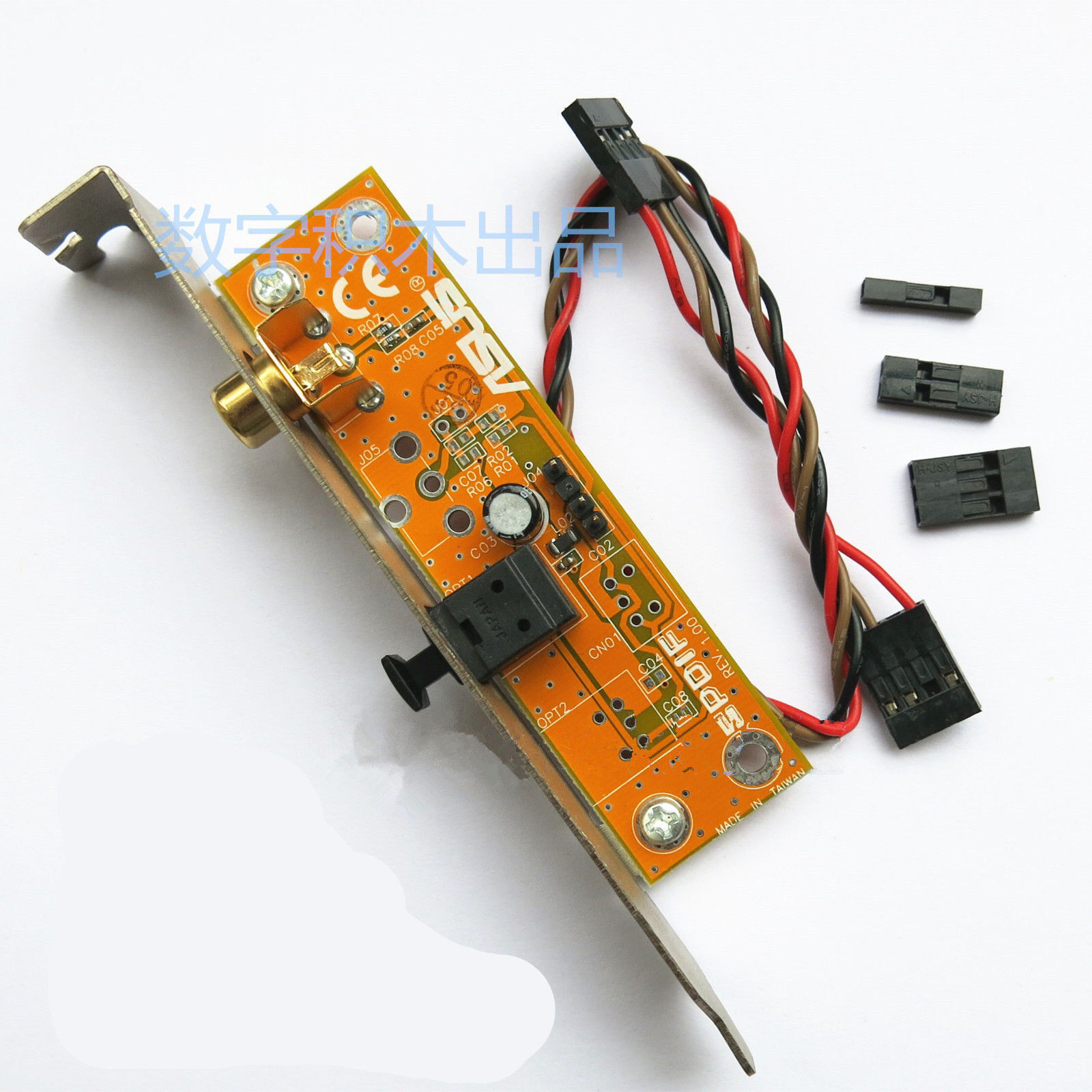A quick question to start with:
Could a faulty USB to sata adapter kill an SSD?
I am trying to set my Pi up with libreelec and since that started, I have had some issues.
I can't get sound through hdmi on my pi.
The ssd is intermittent connection now through the adapter (i have only realised that as it has got worse)
I have stopped using it.
I am now wondering if the adapter had done something to the pi.
While messing with the pi, I went to juggle around some ssd.
Took one from my laptop and all was going well, then things started going wierd.
I thought it was me, as I don't do these things a lot and can get them wrong, but formatting was all wierd I spent hours checking stuff, but then my pc (linux mint) wouldn't recognise the ssd (in the adapter) but the laptop would (manjaro) anyway, eventually it stopped working and i realised it wasn't me, but the drive has failed completely now it seems.
Anyway, since then, I have tried to charge my torch from my pc and my torch won't charge or work now.
Then my SPDIF out card stopped working when I was trying to stop a buzzing sound.
(I did idiotically forget to power down my pc when I unplugged it)
I don't know if these are all a coincidence as I am fiddling with them anyway, or if something has gone wrong. Can a faulty usb to sata short something out?
Cheers.
Could a faulty USB to sata adapter kill an SSD?
I am trying to set my Pi up with libreelec and since that started, I have had some issues.
I can't get sound through hdmi on my pi.
The ssd is intermittent connection now through the adapter (i have only realised that as it has got worse)
I have stopped using it.
I am now wondering if the adapter had done something to the pi.
While messing with the pi, I went to juggle around some ssd.
Took one from my laptop and all was going well, then things started going wierd.
I thought it was me, as I don't do these things a lot and can get them wrong, but formatting was all wierd I spent hours checking stuff, but then my pc (linux mint) wouldn't recognise the ssd (in the adapter) but the laptop would (manjaro) anyway, eventually it stopped working and i realised it wasn't me, but the drive has failed completely now it seems.
Anyway, since then, I have tried to charge my torch from my pc and my torch won't charge or work now.
Then my SPDIF out card stopped working when I was trying to stop a buzzing sound.
(I did idiotically forget to power down my pc when I unplugged it)
I don't know if these are all a coincidence as I am fiddling with them anyway, or if something has gone wrong. Can a faulty usb to sata short something out?
Cheers.


 IMGP4455
IMGP4455
